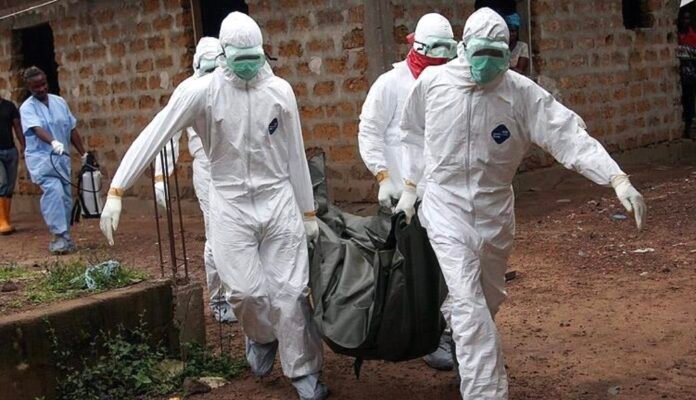Senegal’s Ministry of Health has reported 17 deaths from Rift Valley Fever (RVF) in what officials describe as the country’s deadliest outbreak in decades.
According to Dr. Boly Diop, head of RVF surveillance at the ministry, 119 cases have been detected, primarily in northern Senegal, a region known for its livestock production. Authorities have expressed concern over the potential spread of the virus.
The World Health Organization (WHO) notes that RVF is a viral disease that mainly affects livestock and is transmitted to animals through mosquitoes. Humans can become infected through mosquito bites or by coming into contact with blood, body fluids, or tissues of infected animals. The WHO says there is no evidence of human-to-human transmission.
Dr. Merawi Aragaw Tegegne, an epidemiologist at the Africa Centres for Disease Control and Prevention (Africa CDC), said RVF has been endemic in northern Senegal since the 1980s but has recently become more frequent across Africa, a trend he linked to climate change and extreme weather patterns.
“If you see torrential rains followed by quick floods and then sunny days, expect RVF to appear soon after—those are ideal conditions for the mosquito vectors,” Tegegne explained during a weekly press briefing.
The current outbreak, declared on September 21, has been worsened by low public awareness, delayed case detection, and a weak early warning system, according to Africa CDC.
Senegal’s last major epidemic occurred in 1987–88, when RVF killed over 200 people in Senegal and Mauritania. Since then, the country had only seen isolated cases until now.
“This is the first time Senegal has recorded such a high number of people affected,” Dr. Diop said.
The WHO warns that people most at risk include herders, farmers, slaughterhouse workers, and veterinarians, who are frequently exposed to infected animal fluids during slaughter, animal births, veterinary work, or carcass disposal.
While most human infections are mild, severe cases can lead to vision loss or haemorrhagic fever, the latter carrying a fatality rate of up to 50%, the WHO said.
Source:Africa Publicity








